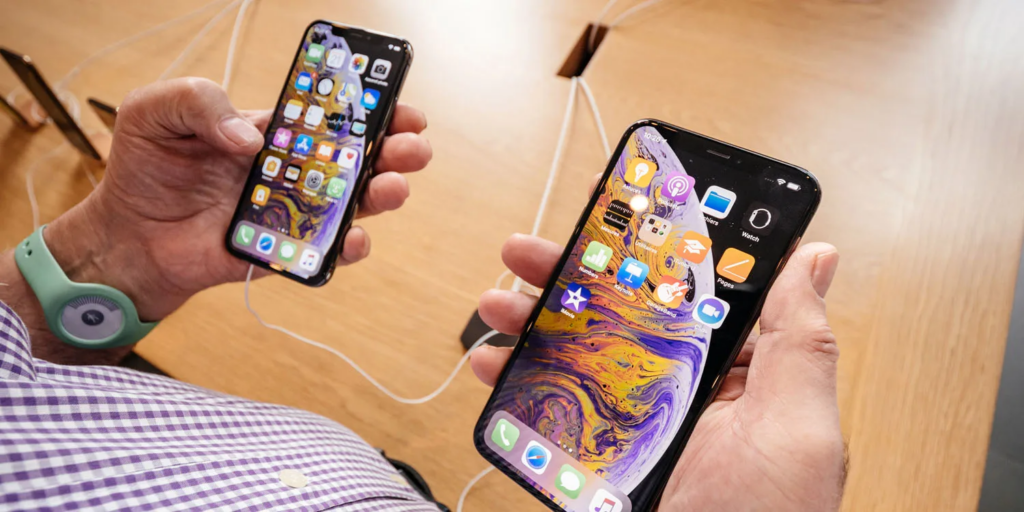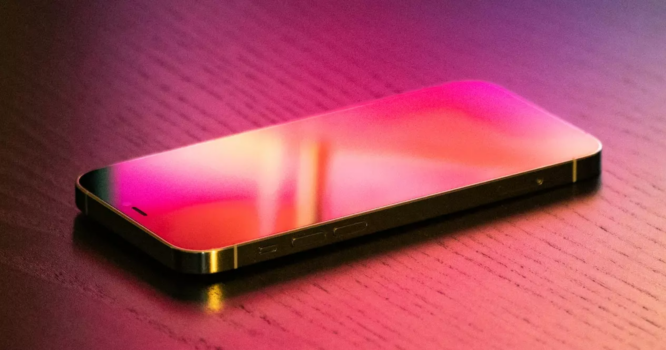Why cover the iPhone if it’s tough? 2023
Each year, Apple emphasizes that its products are becoming more durable and resistant to disintegration in the event of drops, bumps, and scratches. To analyze this claim from Apple, I used my father’s iPhone 12 Pro, which he uses all day without a case, and the results after two years of use are as follows.
Is an iPhone delicate?
Apple incorporates the Ceramic Shielda projection on the iPhone 12’s Ceramic Shielda. This new technology makes iPhones less susceptible to damage and breakage when dropped or bumped.
This enhancement seems obvious, as it is common to encounter iPhone X or XS owners with broken backs. It is true that the construction materials are distinct, but they also demonstrate how Apple has enhanced chassis and display durability over the years.

This is evidenced by the rarity of devices older than 12 with a damaged back and screen.
Bad features
Having an iPhone without a case is detrimental to the device, given that it is constantly in use. When this occurs, the first thing we observe is that the iPhone develops a sort of fat layer on the sides of the chassis as a result of use. However, this layer is not completely eradicated when the device is wiped, so it is essentially a result of its use.
The volume-up and volume-down buttons, as well as the buttons that unlock the device or activate the vibration feature, develop entirely normal wear over time and use. Obviously, a typical or ordinary use by any user.

Lightning interface and audio speakers
He electrical conductor, It is true that it has sustained more damage than the sections described above, as much more grime and dust has entered it, and we have even had to clean its connector so that it can be reloaded without difficulty.

The same holds true for the music and call output speakers, which require an annual or semi-annual cleaning to prevent excessive background commotion when playing music or receiving calls.
Display and rear
Without a case, the rear and screen of the iPhone feel much more exposed. This is a fact, but it is not sufficient to cause the screen or chassis to crack. The screen does not have any visible cracks after being dropped multiple times, but it does have scratches that the case cannot defend against.
The scratches are visible up close, but they do not impact the user experience, nor are they discernible from a distance. Obviously, we are discussing a device that is two years old; if this had occurred on the iPhone 14, the situation would be entirely different.

Conclusion
In conclusion, the iPhone is extremely durable and does not require a case or screen protector. Now, it depends significantly on how you will use the iPhone and how carefully you will handle it. The user analyzed is a typical, generic user who is attentive, but not excessively so.
Even though the device has been dropped numerous times without breaking, this does not necessarily indicate that the same thing will happen to you. It is possible that after this post, someone walking and falling will strike the notch and sustain extensive damage.

